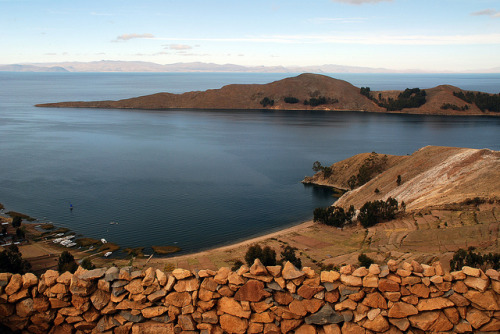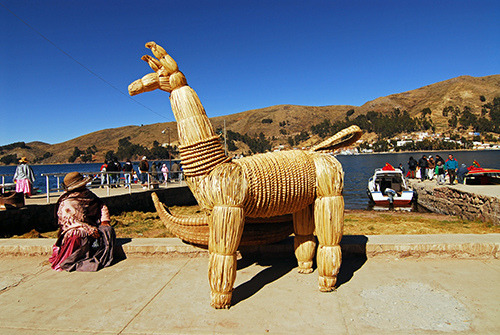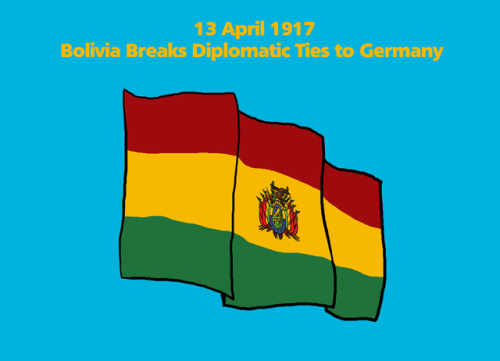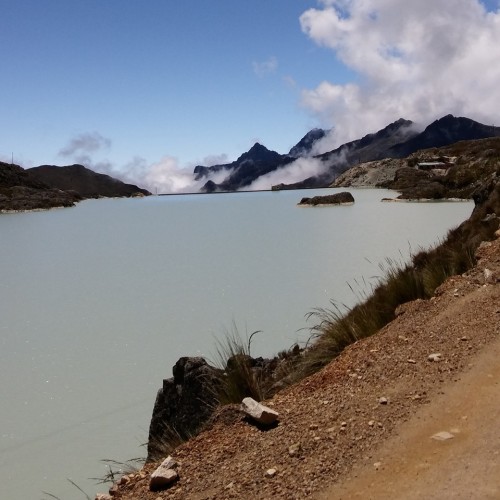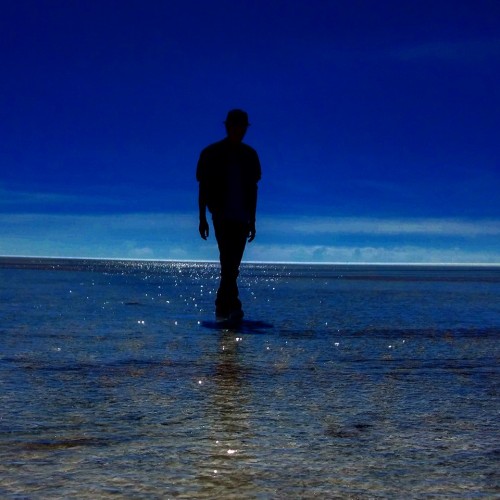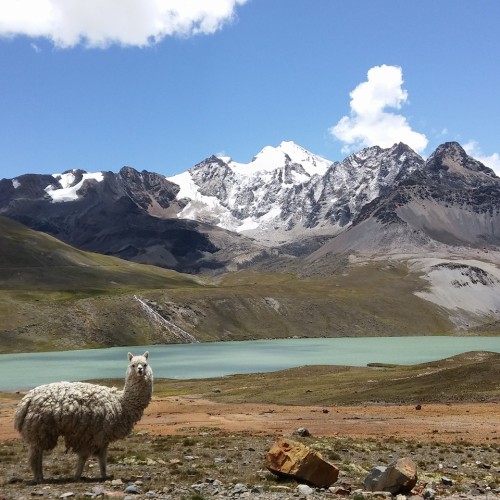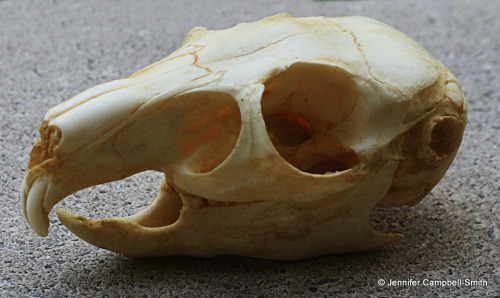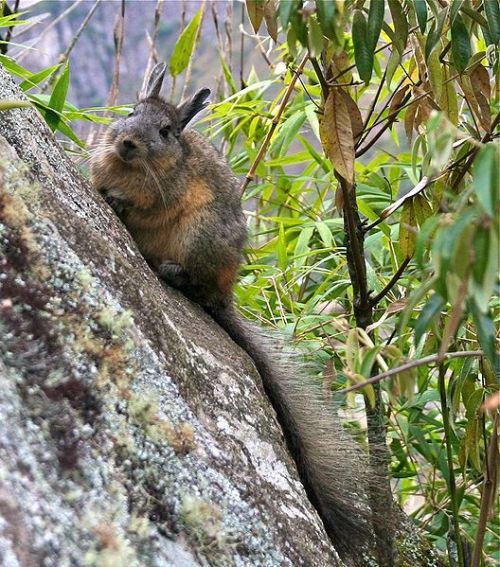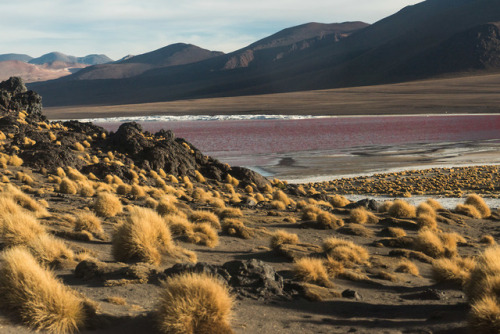#bolivia
Alejandro Mario Yllanes, b. Bolivia, 1913; d. Mexico, 1960?
Self-portrait Number 1
Mexico (1944)
Wood engraving
[Source]
Alejandro Mario Yllanes, a Bolivian tin miner turned engraver, painter and muralist, vanished in the late 1940s after winning—but not claiming—the Guggenheim Fellowship. It is believed that he returned to Mexico leaving much of his work behind in New York.
His self-portrait was exhibited as part of a retrospective held at the Ben Shahn Galleries at William Paterson College (Wayne, NJ) in 1992. The exhibition also travelled to the Edith C. Blum Art Institute at Bard College (Annandale-on-Hudson, NY). Yllanes’ work had only been shown once before in Mexico when Diego Rivera championed his work and wrote in the 1946 exhibition catalogue that “artists and workers of Mexico should open their arms to […] this Bolivian who endured torture, languished in prison and suffered in exile because of the revolutionary affirmations expressed in his paintings.”
Jacqueline Barnitz, author of Twentieth Century Art of Latin America, writes that Yllanes was one of the few Bolivian artists to take a militant position and that his figures, the Andean peasants, are the “central actors of their own land, in control of their lives.”
The wood engraving, measuring 24 by 18 cm, follows the sophisticated patterns and speckles typical of his prints. The nicely kempt hair, and stylish suit and tie, contrast the clothing most of the Andean subjects wear in his paintings. Yet, the dark eyes and eagle-like face, traits found in many of his figures, are reflective of the silent suffering he not only depicts but must have endured himself.
Post link
The highest navigable lake in the world
Well… the highest large navigable lake in the world, anyway. At 3812m above sea level, Lake Titicaca is definitely the largest lake in South America by volume of water. And, as seen from here on Bolivia’s Isla del Sol (the Island of the Sun) it’s a peaceful place of undeniable spiritual resonance.
Image:Jorin Sievers
Post link

Aymara woman, Bolivia, by Luisa Dörr
I took some photos of a replica viscacha skull that is in a collection I manage for my university. The replica was made by Skulls Unlimited and is listed as a female mountain/southern viscacha (Lagidiumviscacia), but the scientific name given on the tag is for the northern viscacha (Lagidiumperuanum). I’m not well enough versed in viscachas to tell you which one the skull is from. The cast is listed as being made from a specimen at the California Academy of Sciences, so there is a chance that the original specimen was the one mislabeled. How could this happen? Well, there is a chance that the northern and southern viscachas were originally classified as a single species and later separated. The tag for the specimen may not have been updated. I found a paper that only recognized 3 species as of 2004, whereas now there are 5 recognized species, so the scenario I gave is very likely!
Anyhow, the northern and southern viscachas are rodents that are closely related to the well-known chinchilla. They superficially resemble a rabbit, or hare (which are lagomorphs, not rodents) with a long, bristly tail. They occur is western South America in parts of Chile, Peru, Argentina, and Bolivia. They are herbivorous and are found at elevations of a mere 980ft (300m) to an impressive 16,700ft (5,100m)! They are also rather adorable.
The two photos of live viscachas were sources hereandhere.
Post link


